On a summer morning in 1833, Thomas Cole, a British-born, American landscape painter climbed to the top of Mount Holyoke in central Massachusetts and made a sketch of the Connecticut River where it bends and resembles an ox yoke. Three years later the sketch he made that morning became "View from Mount Holyoke, Northampton, Massachusetts, after a Thunderstorm" ('The Oxbow').
The four by six foot painting, now a key work of American art has been described as Cole's attempt to create a moving time/space panorama within a single frame - the passage of time is represented by the ongoing fury of the storm on the mountain as sunshine returns to the meadow below. Cole was skeptical about progress and the painting may represent a warning about the clearing of wilderness to make open land for farms and factories.Nearly two hundred years after Cole painted "The Oxbow", the American photographic artist, Joel Sternfeld, walked into the mile square field depicted in the lower right quadrant of Cole's painting. Sternfeld had first photographed this field in 1978 while traveling on American Prospects and by the time he returned in 2006, the Oxbow in the river was crossed by an interstate highway and the destructive effects of progress that Cole had feared were making themselves apparent globally as climate change.
Sternfeld spent the next year and a half walking that field, commuting to it on an almost daily basis from his home in southern Vermont. His archive is a record of classic New England seasonality, a nature study unlike any other as it is made with the foreknowledge that because of global warming it will never be the same again. His choice of subject matter, a flat unremarkable corn and potato field (archetypal new world crops), signals a conceptual stance away from previous nature depictions: his field is neither Beautiful, nor Sublime, nor Picturesque. The flatness of the field, an unusual stretch of visual freedom in the New England highlands offers an eloquent emptiness and a vessel for the true subject his work: iconic seasonal effect as manifestation of the orbiting Earth.
Sternfeld's time landscape is also a companion piece to Sweet Earth: Experimental Utopias in America and to When It Changed (pictures at the Montreal Climate Change Conference) and needs to be understood in terms of the political and cultural resonances of those works.
144 Seiten
Fester Einband / Leineneinband
28 x 31 cm
Englisch
ISBN 978-3-86521-786-8
1. Auflage 09/2008
Vergriffen
€ 50.00 inkl. MwSt.
Kostenloser Versand
-
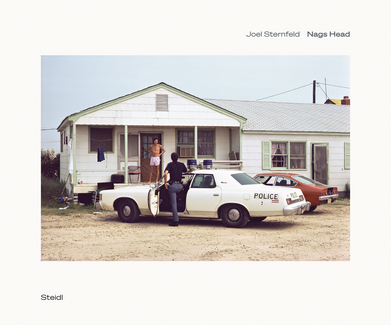
Nags Head
€ 50.00 -
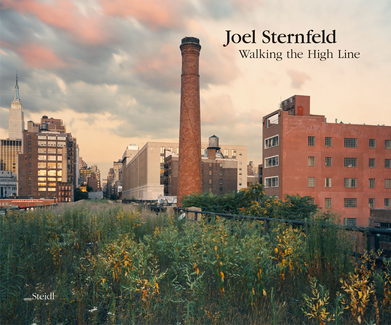
Walking the High Line. Revised Edition
€ 45.00 -
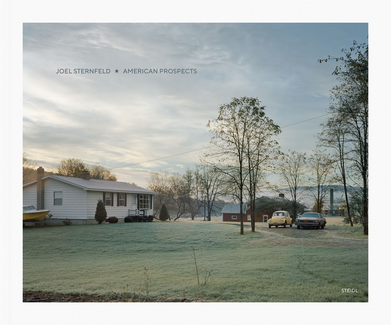
American Prospects (2023)
Vergriffen -
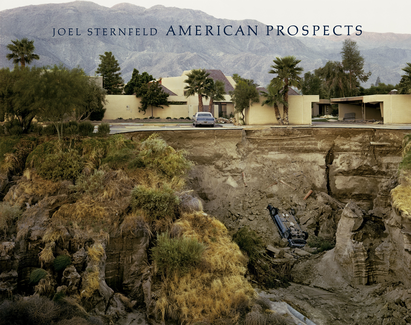
American Prospects - Revised Edition
Vergriffen -
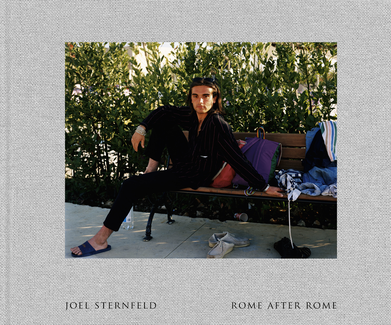
Rome After Rome
€ 95.00 -
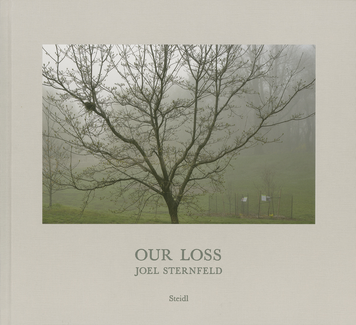
Our Loss
€ 45.00 -
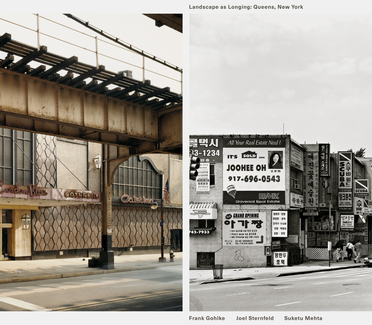
Landscape as Longing: Queens, New York
€ 65.00 -
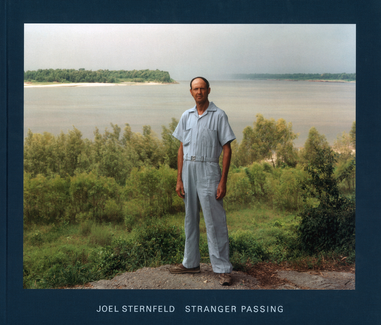
Stranger Passing
Vergriffen -

On This Site
Vergriffen -
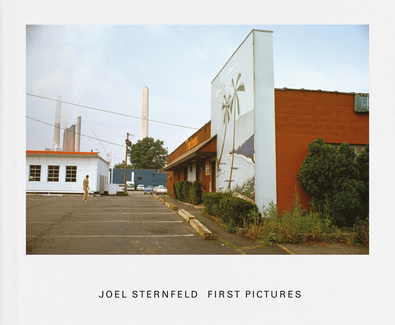
First Pictures
Vergriffen -

iDubai
€ 28.00 -
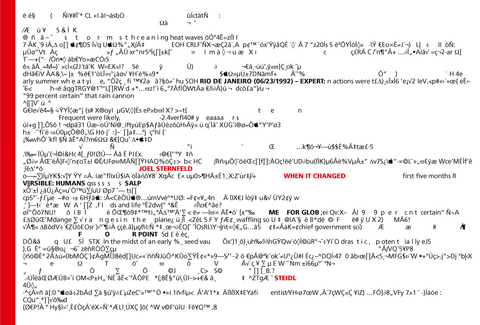
When it Changed
€ 25.00 -

American Prospects. Non Plus Ultra Edition
Noch nicht erschienen -
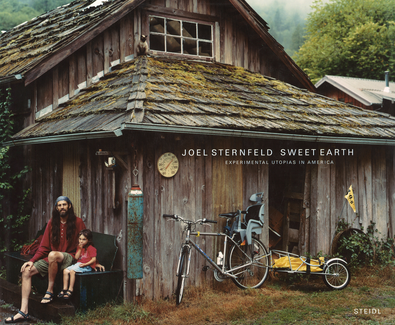
Sweet Earth: Experimental Utopias in America
Vergriffen -
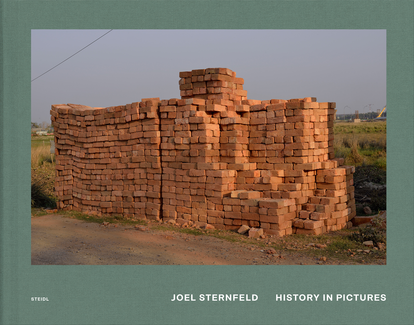
History in Pictures
Noch nicht erschienen
Anim pariatur cliche reprehenderit, enim eiusmod high life accusamus terry richardson ad squid. 3 wolf moon officia aute, non cupidatat skateboard dolor brunch. Food truck quinoa nesciunt laborum eiusmod. Brunch 3 wolf moon tempor, sunt aliqua put a bird on it squid single-origin coffee nulla assumenda shoreditch et. Nihil anim keffiyeh helvetica, craft beer labore wes anderson cred nesciunt sapiente ea proident. Ad vegan excepteur butcher vice lomo. Leggings occaecat craft beer farm-to-table, raw denim aesthetic synth nesciunt you probably haven't heard of them accusamus labore sustainable VHS.
Anim pariatur cliche reprehenderit, enim eiusmod high life accusamus terry richardson ad squid. 3 wolf moon officia aute, non cupidatat skateboard dolor brunch. Food truck quinoa nesciunt laborum eiusmod. Brunch 3 wolf moon tempor, sunt aliqua put a bird on it squid single-origin coffee nulla assumenda shoreditch et. Nihil anim keffiyeh helvetica, craft beer labore wes anderson cred nesciunt sapiente ea proident. Ad vegan excepteur butcher vice lomo. Leggings occaecat craft beer farm-to-table, raw denim aesthetic synth nesciunt you probably haven't heard of them accusamus labore sustainable VHS.